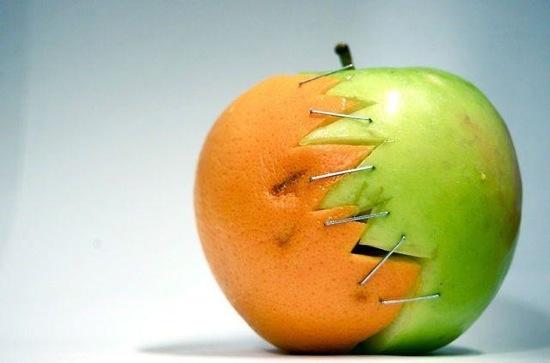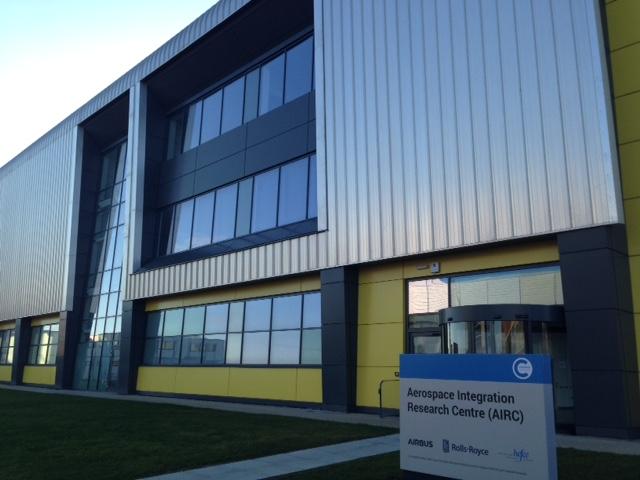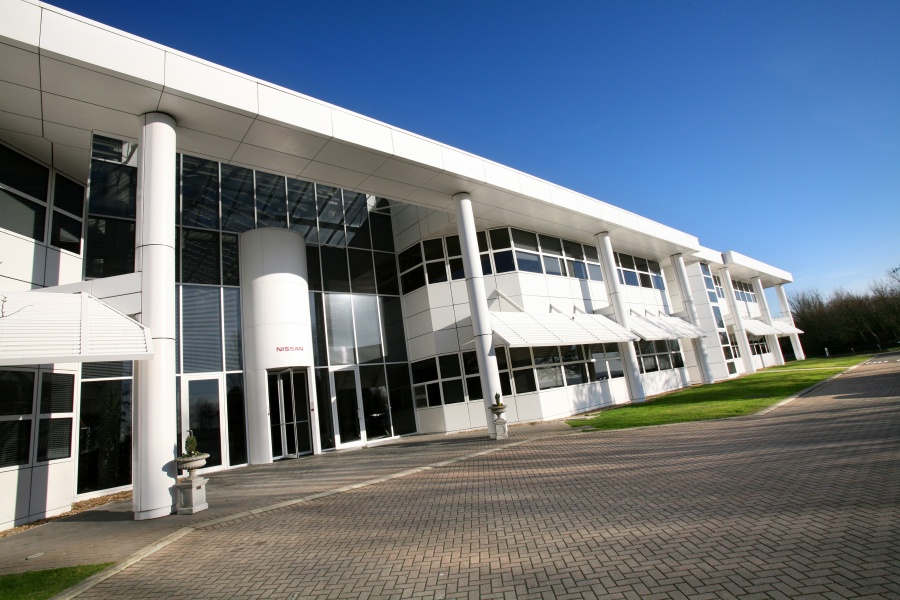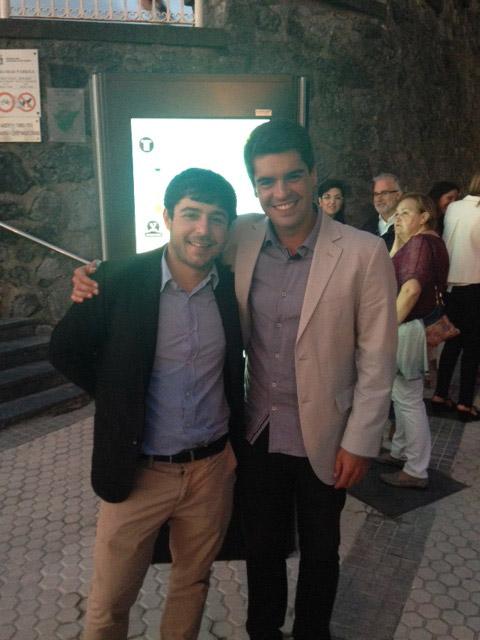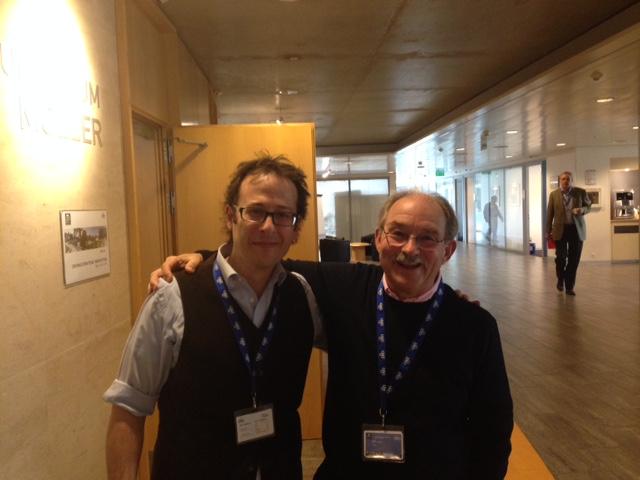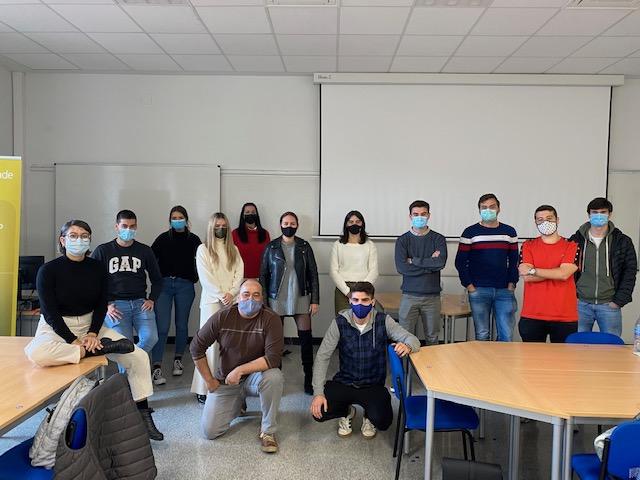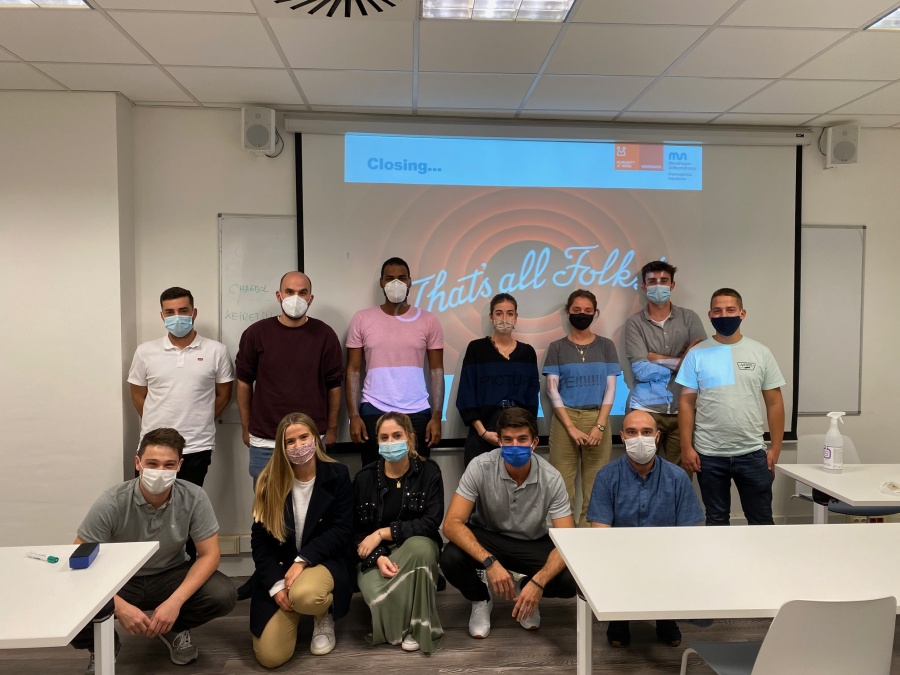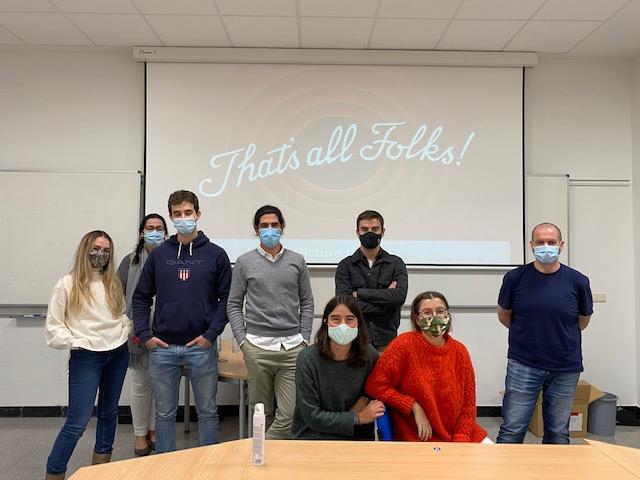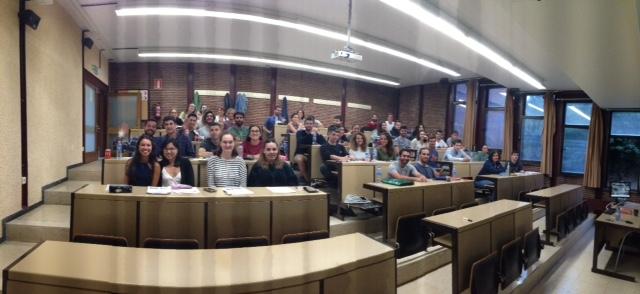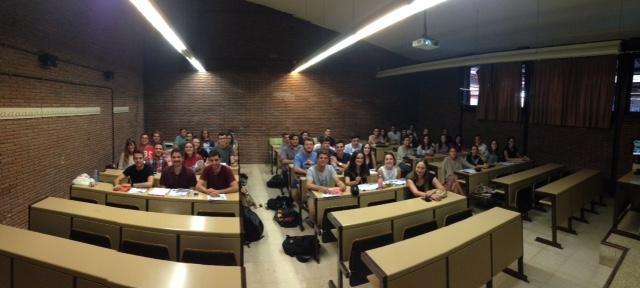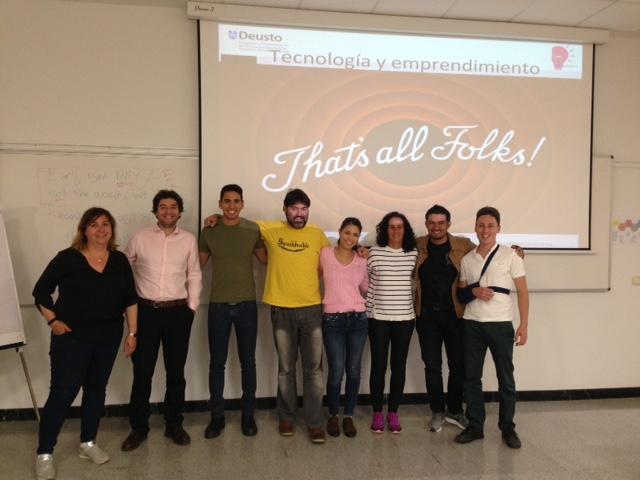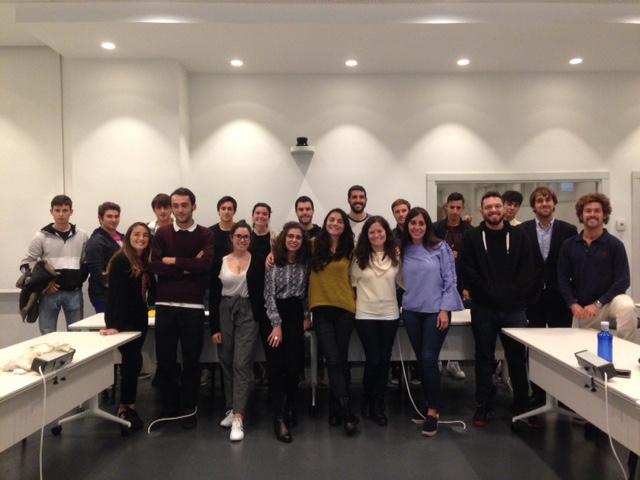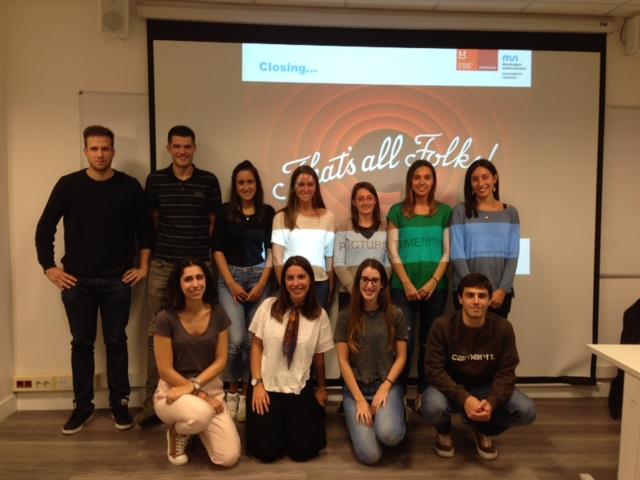Jul
9
2017
- By German Anitua Azkarate
- Rating:( 3602 votes )



The stream highs and stream lows of Nokia: A perspective from Finland´s innovation system
Volumes have been written on the stream highs and the stream lows of Nokia. Many writers have made the basis of their arguments under different perspectives to explain the reasons for these highs and lows. However, to shed some new light to the problem, this article will introduce another perspective. To date the Nokia evolution has rarely been approached from the nation´s innovation system perspective.
Nokia was established in Finland and started as a mill that transformed wood into paper. A river was situated next to Nokia generated enough power to make the mill function, so Nokia generated its own power. But later, as Nokia saw how others might need that energy too, Nokia started to supply energy for surrounding businesses. At that time Nokia was running the firm under a resources-driven business model.
Nokia was also working quite closely with two other businesses; one was a rubber company whereas the other was a cable manufacturing company. Exercising their synergies, as advantages, the three businesses expanded, and Nokia became a company that produced anything from tyres, televisions, to generator, and many more. However, making the commitment that all three businesses would work together it was a task assigned to the business owners and directors of these three firms, but not only their responsibility. The Finnish government had much to say in that respect. The economic policy displayed by the Finnish government due to the economic crisis suffered in the beginning of the 1990s played a key role during this time.
The deep economic crisis in the beginning of the 1990s opened for a new economic policy in Finland. Two measures contributed to promote innovation and technical change: First measure was the decision to amplify the R&D spending already established under the 1993 disclosed spending policy. The second measure involved the strengthening of the inter-organisational linkages in the national innovation system, since institutional innovation was a decision already taken by the government in 1982 to support a technology-driven development. We must remember that it was Finland the first country in the world to create and explore the concept of the national innovation systems (NIS) Therefore, soon after the early 90s the government of Finland had created a fertile collaborative landscape for national firms to operate and compete globally. The Finnish coordinated market economy (CME) could be described as a perfectly architecture, consciously and ethically articulated set of institutions (specific to Finland) that provided the immediate relevant resources to innovation: The state, the financial systems, the education & professional training system, and the industrial relations system. The kind of economic policy that the Finnish state promoted led the county´s business system into a state of trust where collaboration among firms turned out to be the industry´s bread and butter.
Embedded within such a trusty and collaborative business system, Nokia started producing radio transmission equipment. That was Nokia´s first step into the telecom business, and thanks to acquisitions and collaborative R&D, Nokia established its position as an industrial pioneer. But at this point managing so many different businesses at the same time was really hard for Nokia. The firm had to focus on its core business to succeed. So, Nokia having actually forecasted the high growth for the telecommunications years ago, decided to make this its core business. Nokia divested its other businesses and Nokia became the first company to mass-produce the bulky GSM phones that some of us still will remember. In 2007 four phones out of ten in the world where manufactured by Nokia. Year 2007 can be stated as the year of the “paradigm” for Nokia, since that same year Steve Jobs presented the iphone, or should I say…The smartphone concept.
At that time Nokia had two options. One, continue manufacturing and leading the feature phones industry with its symbian operating system, or two take the risk and jump into the smartphones, drop symbian and adopt android as the operating system instead. At this point experimenting with new concepts was risky. Nokia was producing millions of phones and could not really make any mistake, so the smartphone remained a niche product. Nokia focused on what was selling well while was working; the feature phones. This makes sense because feature phones represented 90% of phone in 2007 and only 10% of smart phones. However, over the next five years, the cell phones became, smaller, thinner, cheaper, they had more and more features, so Nokia continued developing new feature phones and launching new versions of its Symbian operating system. Already In 2012 smartphones were selling like hot biscuits and they accounted for 44% of the global phone sale. Nokia went from a strong 50% market share to a 3% market share. The crucial question is: how did they go from being a market leader to such a lager? There are plenty of reasons to explain this decline. However, many authors have claimed the main reason as Nokia being too slow adopting change. Even though Nokia had the resources and the talent to fix Symbian, it was extraordinary slow at upgrading its platform. Bureaucracy, slow decision-making, and aversion to risk became really big stones along the road of innovation. Nokia was great at executing an approved business model, but it did not prepare to transition to new trends and to the future of its business. And actually, things went worse when Apple and Google came into the market with two platforms (one each) that were user friendly, had many apps, and were built for a touch screen experience. In conclusion, both platforms were much better than Symbian, and quickly became really hard to compete with.
However, let us go back to the answer of the question above. Authors refer to Nokia´s slowness as a result of the company´s slow decision-making, and aversion to risk. These two features are characteristics of those countries classified as CMEs. Companies under this type of economic organisation work extremely well at executing an approved business model, but do work as well when it comes to preparing to transition to new trends, as on the contrary the liberal market economies (LME) do. See Hall and Soskice for further references.
As Rugman and D´Cruz argue, although Nokia it has certainly been an engine in transforming the structure of the Finnish economy, the change in sector specialisations is far from being a one-company show. The transformation of both Nokia and the Finnish economy is the outcome of mutual dependent processes. Following this, and as Amable, Hall and Soskice, Schmidt, Streeck, and Deeg argue, change in both (i) technological regimes, and (ii) in sector specialisation of a nation-state is less likely to take place in coordinated market economies (CME) than in liberal market economies” (LME).
The Finnish government took good note of how the Germans and the Americans evolved their economies before World War II and even in the 19th century. Steven Casper and Frans van Waarden argued that the Germans continued to be enormously innovative in industries like paper, printing, materials, machinery, electro-technical products, motor vehicles, chemicals and textiles. However, it has been much less successful in newly emerging complex, knowledge-intensive industries such as biotechnology, electronics and aircraft manufacturing. The Americans, in contrast, had in more recent years made radical innovations in these and other industries, which had short product life cycles and were based on rapidly changing and complex technologies. In doing so, they had also succeeded in creating totally new industries with significant economic impact. Hall and Soskice revealed that investment in high-technology industries such as computers, information technology and electronics was low in the Netherlands. Sweden and Denmark (CMEs) shared broadly similar profiles. The UK, Canada and Australia (LMEs), on the other hand, appeared to share patterns of sectorial specialization resembling those in the United States. Amable and Hancke argued that France, on the other hand, appeared to have a relatively distinct profile performing relatively poorly in process-oriented industries, but well in industries characterized by mass production (automobiles) and industries in which large-scale systems integration, often organized by the state, was important (nuclear power, high speed trains).
By the early 1980, the Finnish government was aware of the fact that differences between countries suggest that nation-specific factors shape the innovation processes. Nationally specific structures of organizations and institutions may make the difference. After the economic crisis, the Finnish government, aware of this situation, intended to shift from a CME into a LME in order to foster a less risk adverse and faster decision-making environment for their firms. However, things did not worked as planned. The main conclusion was that cross-sectorial relations in Finland did not vanish despite the fact that the bank-group-based governance system dissolved after the economic crisis. The Finnish case demonstrates that the complementarities of subsystems do not necessary lead to inertia. On the contrary and as Moen and Lilja argued, horizontal coordination provided the Finnish business system with a strong relational policy-making capacity. To a certain extent we can say that Finland let Nokia down. The Finnish government proved incapable of engaging its relevant institutions in order to reshape the country´s economic organisation and move into a more LME. The country´s internal subsystems resulted to be too embedded within the national business system to be considered as easily alterable. In 2017, Finland still remains a country organised under the characteristics of a coordinated market economy.
Nokia moved in 2011 his technologies head office to California, in the United States of America; a country described above as a LME, and everything that this type of economic organisation stands for.
The case of Nokia and Finland is a living example of what two other well renowned author, Casper and Whitley, already published in 2003 on their widely acclaimed paper “a comparative institutional analysis of Germany, Sweden and the UK: “Managing competencies in emerging technology industries such as biotechnology and software”. Casper and Whitley displayed the following determinants:
(i) Both industries, biotechnology and software, could be divided into different areas of specialisation respectively. At one end, the platform biotechnologies (kits for DNA, etc…) and the therapeutics biotechnologies (New drugs). Whilst on the other end, enterprise software (ERPs, logistics, supply chain, etc…), standard applications-based software (CAD/CAM, PTF), and middleware software (interfaces).
(ii) Both industries, biotechnology and software, were under the same two main threats: The risk of appropriability risks and the risk of competence destruction.
Based upon these two determinants, Casper and Whitley concluded their study addressing the following findings: Companies active in the areas of Standard software, therapeutics technology and middleware software displayed a much better performance when located within a LME (UK) than those companies located within CME (Germany and Sweden). On the other hand, companies active in the areas of platform biotechnology, and enterprise software displayed a much better performance, when located within a CME (Germany and Sweden), than those companies located within LME (UK). Casper and Whitley reinforced Hall and Soskice´s previous findings, and the fact that differences between countries suggested that nation-specific factors shape the innovation processes. Nationally specific structures of organizations and institutions may make the difference.
This same example is what government of many nations are facing right today when seeking to enhance their nations´ economic performance by means of fostering a new economic activity: The industry 4.0. Policy makers should learn from the evidence displayed by Casper and Whitley on their article and develop their own case scenarios based upon the specific nature of their country´s economic organisation. These case scenarios should be built with the unique purpose of addressing the following questions: Is our country´s innovation systems economically organised as to enhance all the areas of specialisation the industry 4.0 can be sub-divided in? What are the sub-divisions we, as government, should be investing upon?
Today Nokia is over 150 years old, and it has managed to reinvent itself many times. In 2016, Nokia announced its return to the mobile business, and so far it´s product portfolio has been delivering remarkably. In 2014 Nokia´s head technology office was moved from Finland to the state of California, in the United States of America; a country characterised as a LME. Could this new location be main reason for Nokia´s new stream highs and remarkable performance?
Firms compete among themselves. However, countries do also compete. Countries must articulate that set of institutions that provided the immediate relevant resources to innovation, so firms feel attracted to those countries. The attracted firms will remain as long as the country provides an innovation system able to enhance a competitive business system where a large pull of highly qualified suppliers would be in offer and operate under competition.

Rate this post:

